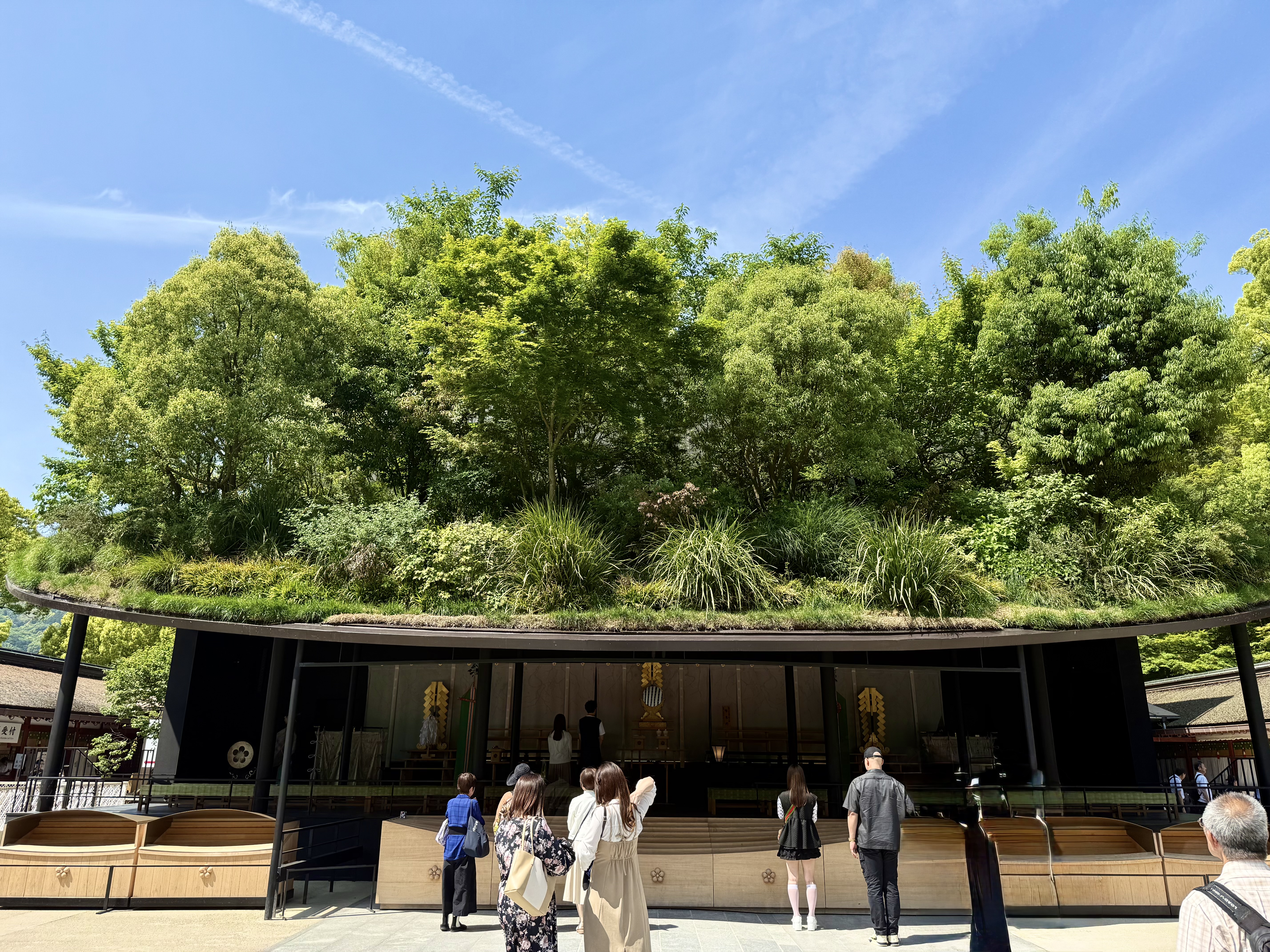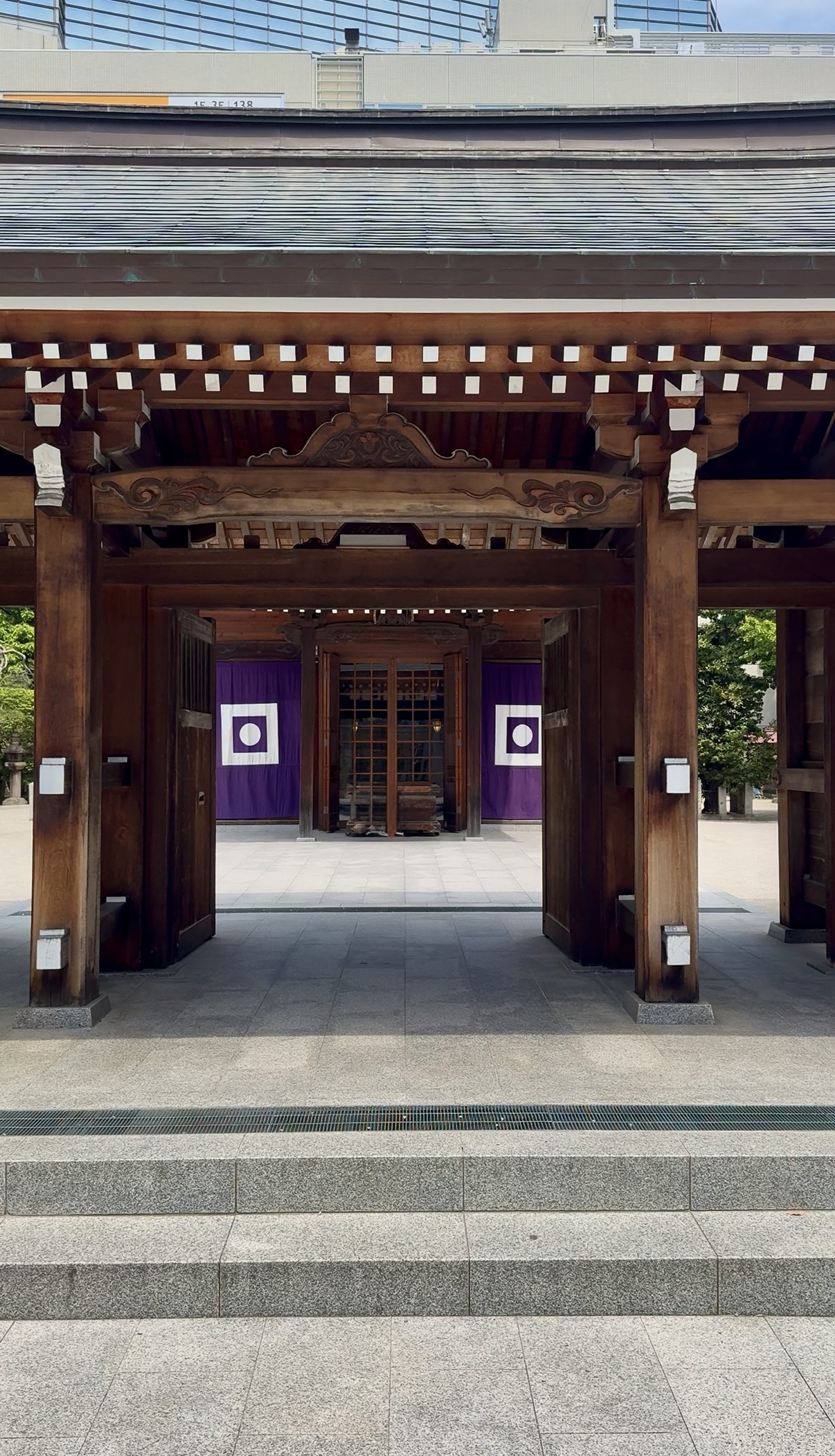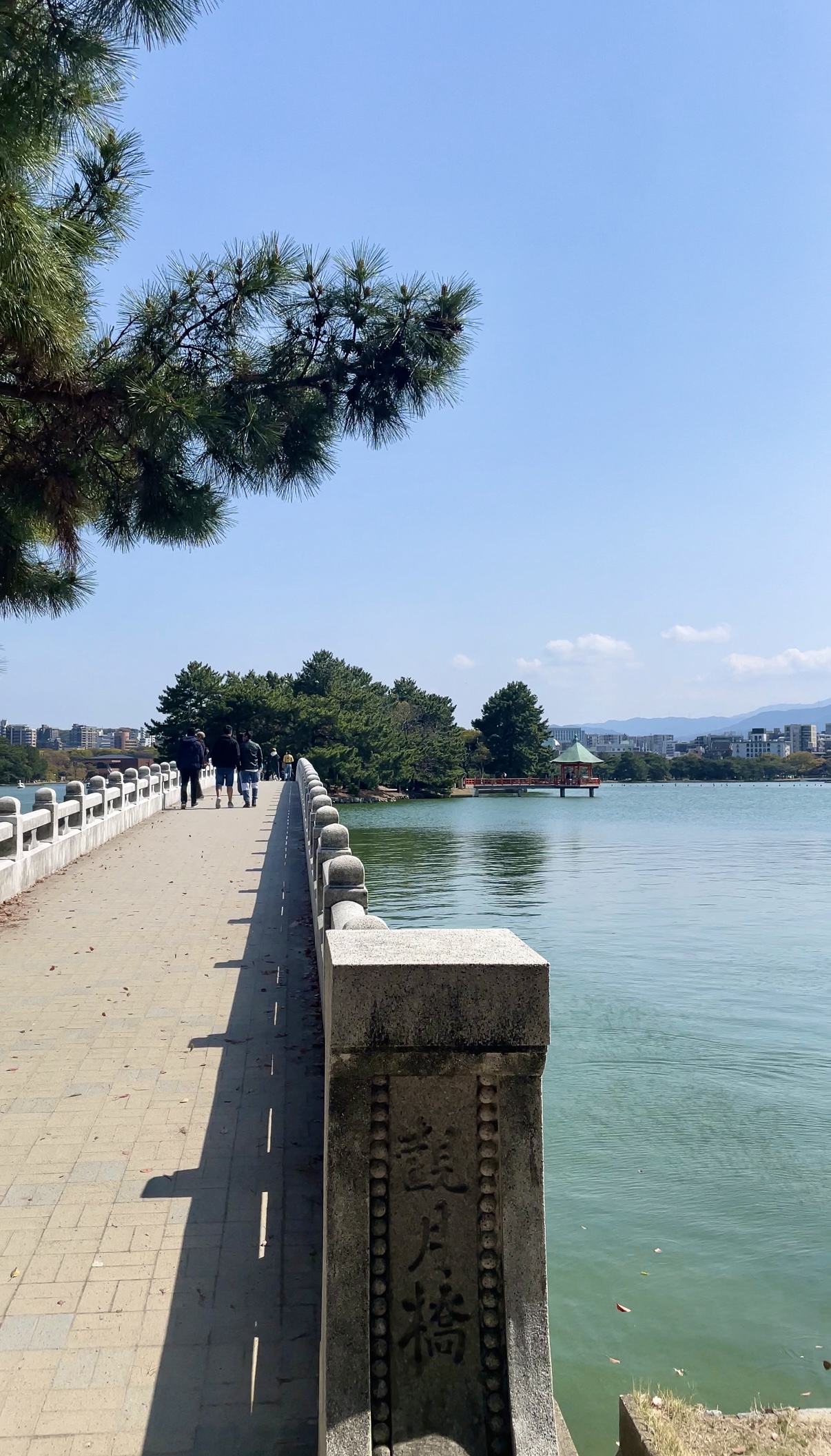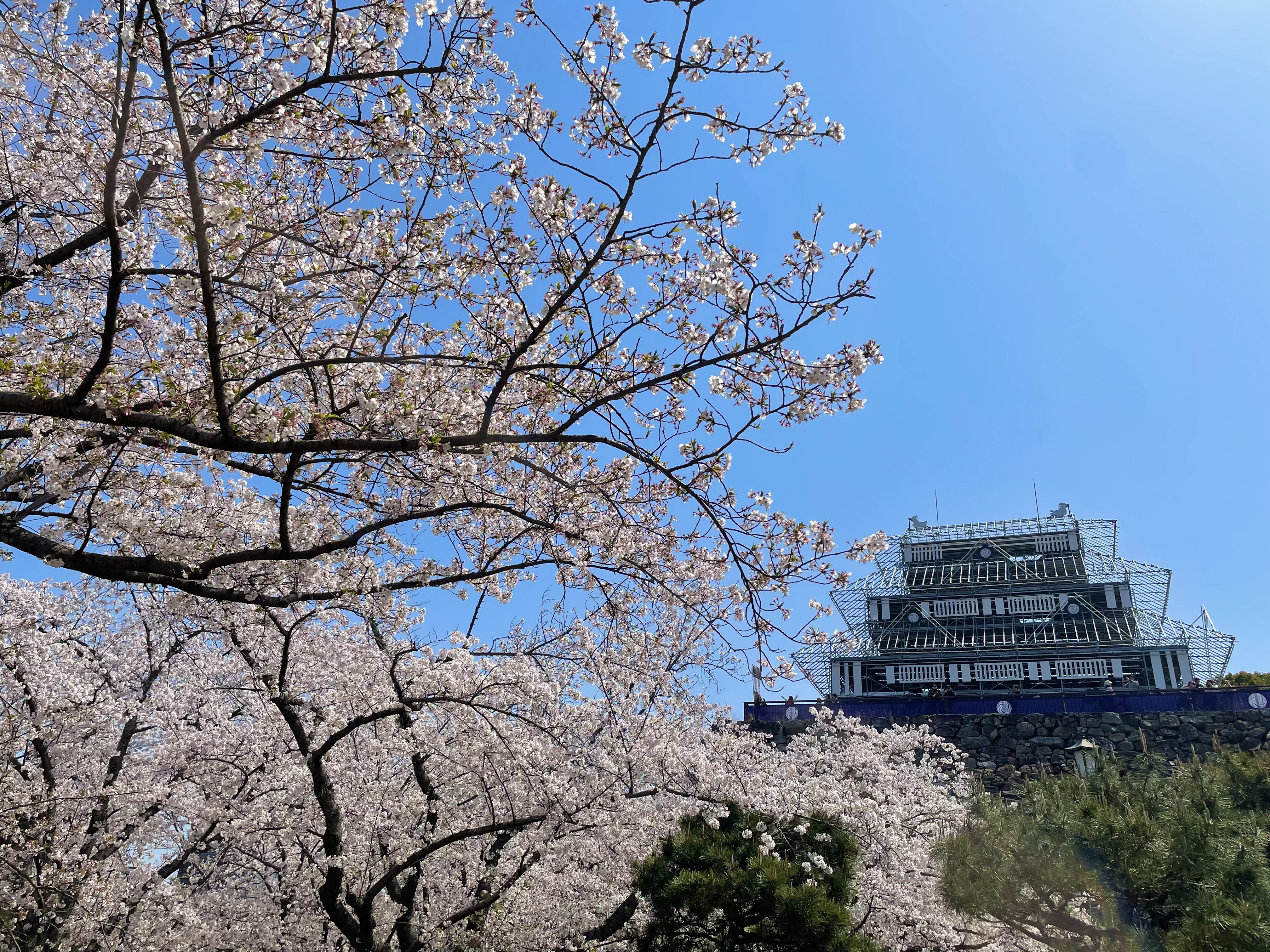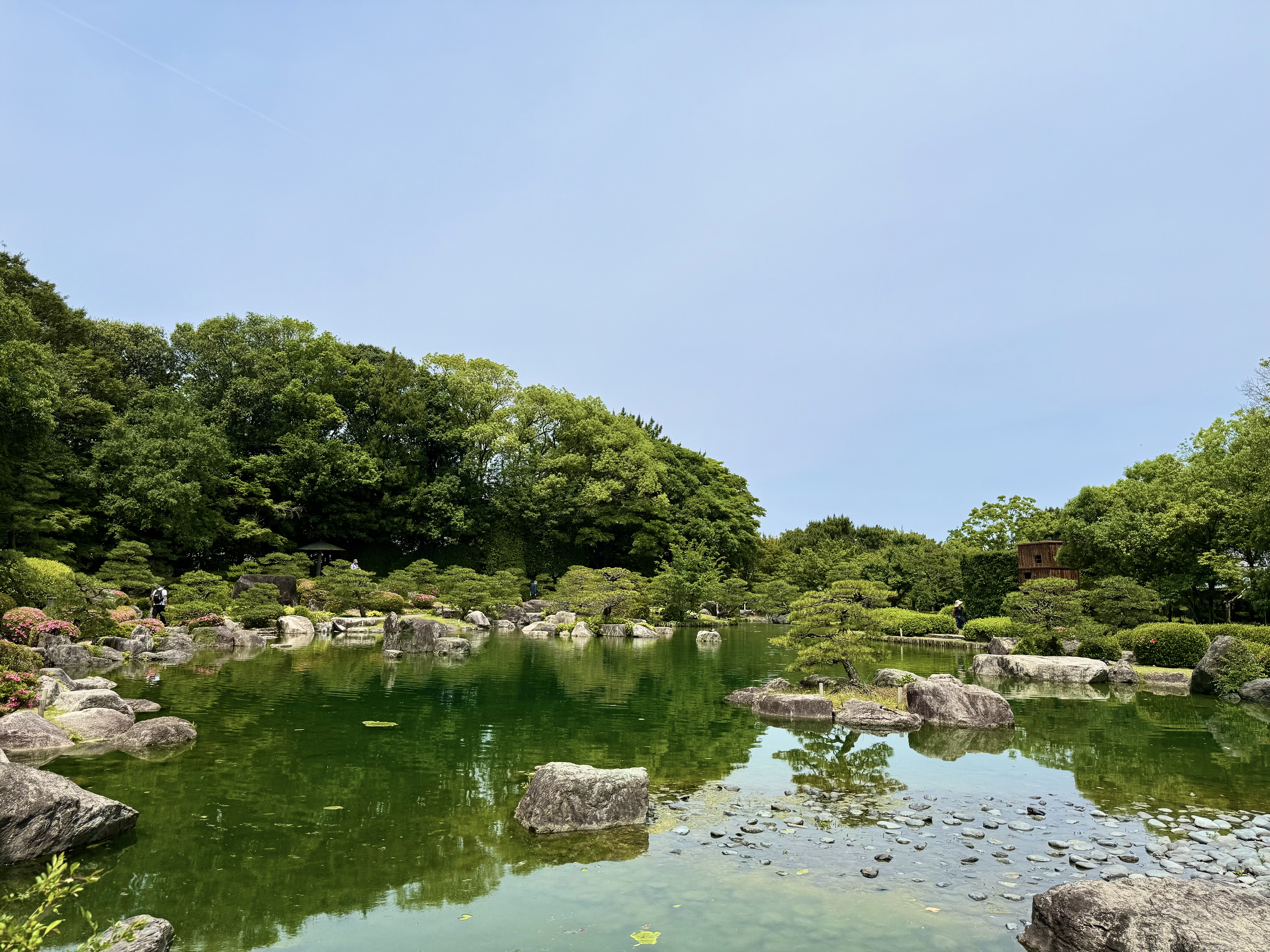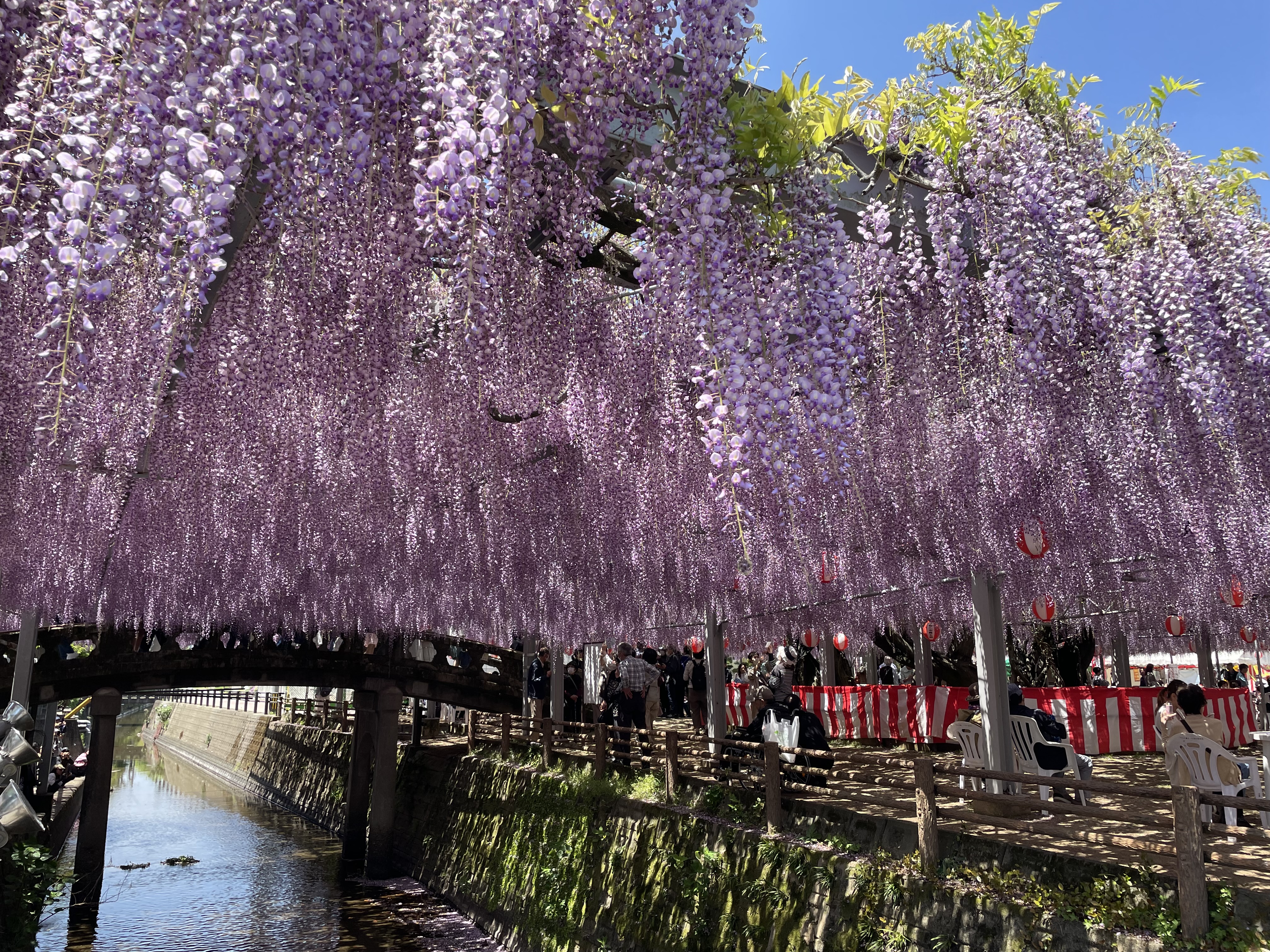Hakata Old Town: A Hidden Gem Just Steps from the City Center
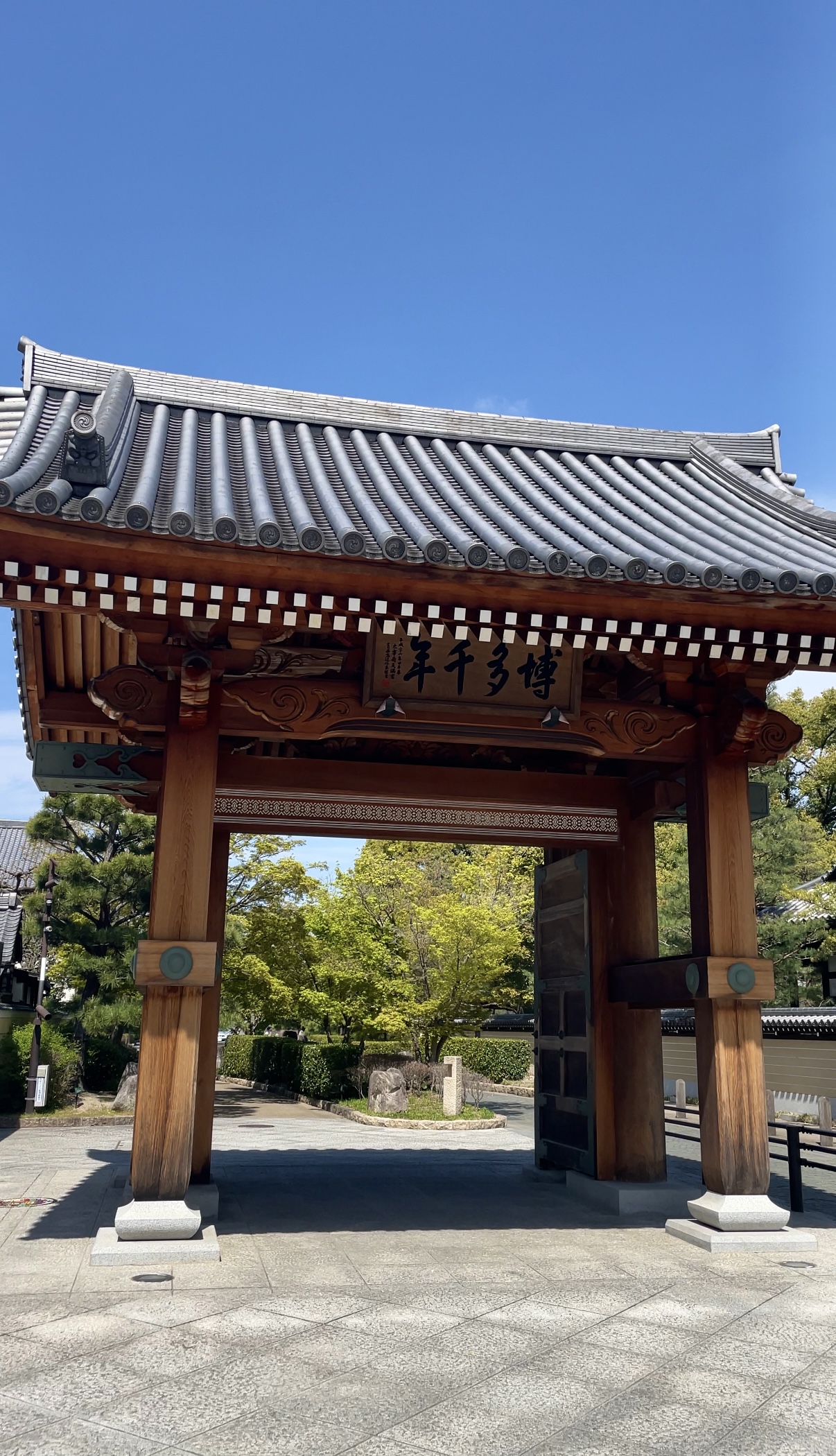
Step Back in Time Without Leaving Modern Fukuoka 🏯
What if you could walk through 1,200 years of Japanese history—without leaving the heart of Fukuoka City? Hakata Old Town, tucked just beside the bustling Hakata Station, is a time capsule of ancient temples, traditional crafts, and authentic local flavors. Curious what lies behind the high-rises and neon lights? Let’s take a walk through the roots of Hakata.
Where Ancient Traditions Meet Urban Convenience
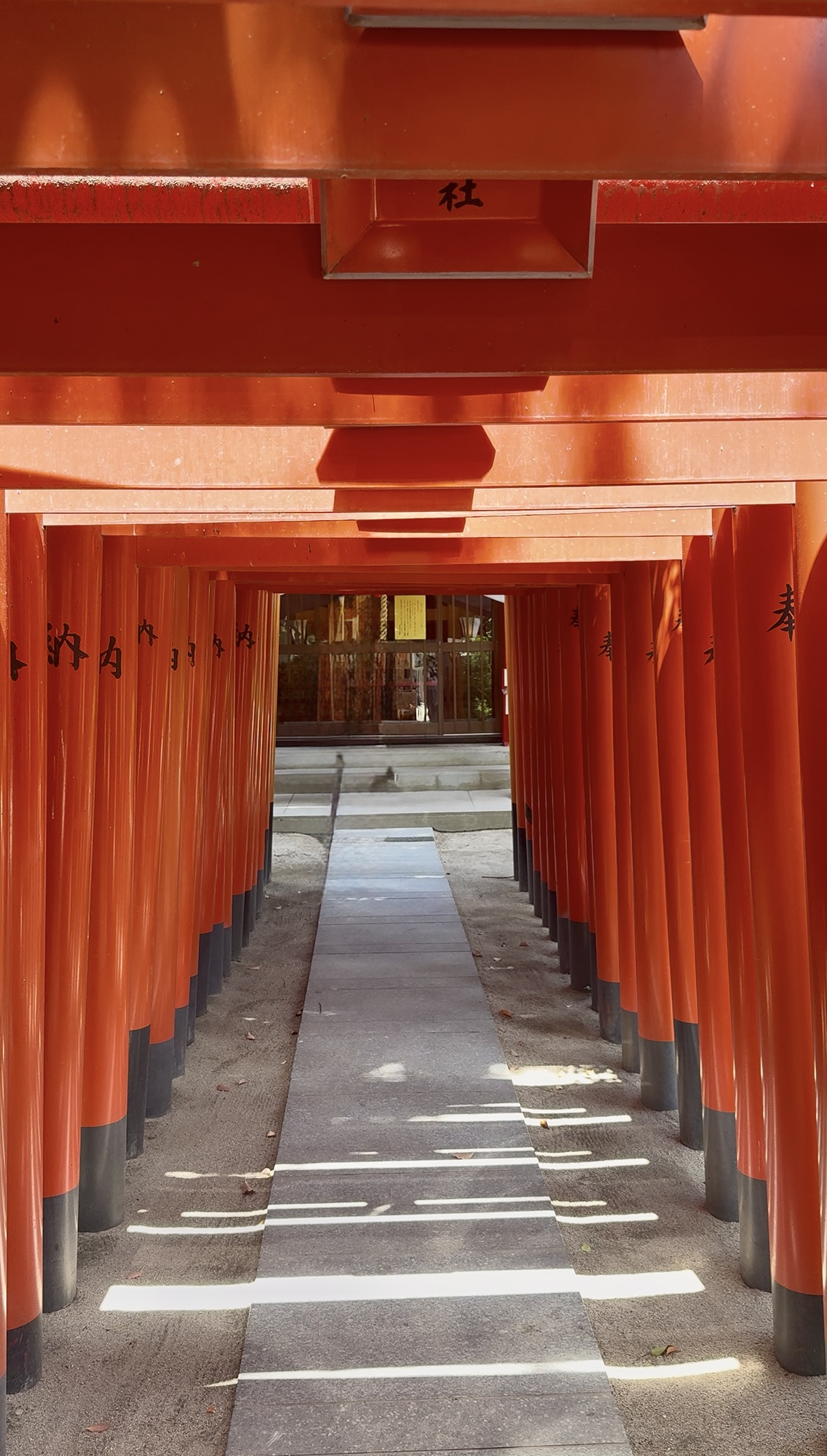
Hakata Old Town (博多旧市街エリア) is located just a 10-minute walk from Hakata Station, making it accessible historic districts. Despite being close to downtown, this area retains a charming, old-world atmosphere that has remained largely unchanged for centuries.
The area played a major role as a trading port and cultural crossroads during Japan’s feudal period. In fact, Hakata is one of Japan’s oldest cities, with recorded history dating back over 1,200 years. It was once the gateway to China and Korea, influencing not only commerce but also culture, religion, and food.
Highlights You Can’t Miss in Hakata Old Town
Jotenji Street (承天寺通り) – A Street That Tells Stories
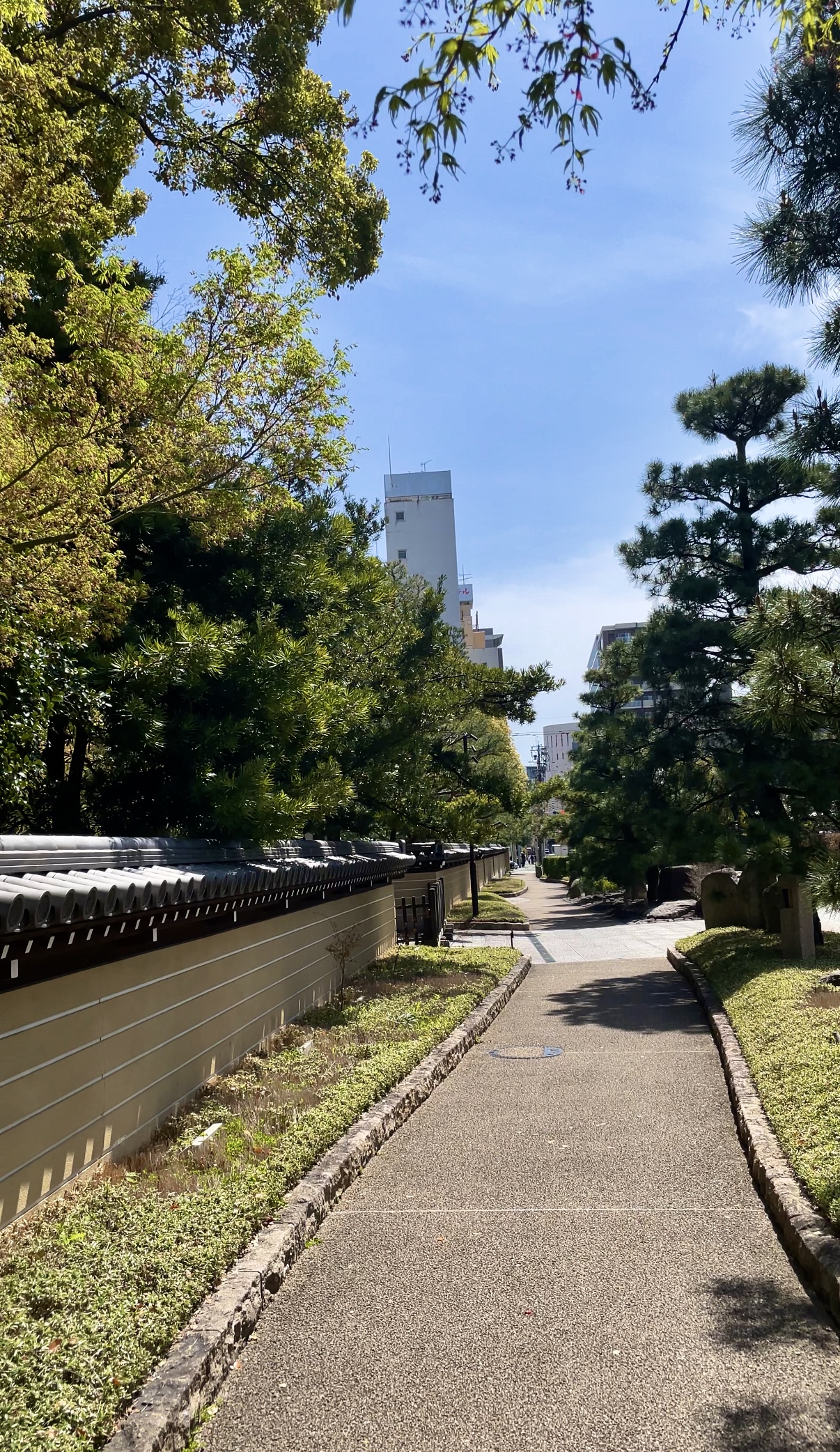
One of the most atmospheric walks in Hakata Old Town is along Jotenji-dori, a narrow street lined with stone lanterns, historic gates, and temple walls. Despite being in the heart of the city, the area remains peacefully quiet, offering a moment of calm and reflection.
Jotenji Temple is said to be the birthplace of Japanese food culture, as it is said that Seiichi Kokushi, who returned from the Sung Dynasty, introduced the methods of making udon, soba, and manju (steamed buns).
This street connects Hakata Station with the old temples, acting as a literal and symbolic path between the past and present. As you stroll down Jotenji-dori, you’re not just sightseeing—you’re time traveling.
Kushida Shrine (櫛田神社) – The Spiritual Heart of Hakata
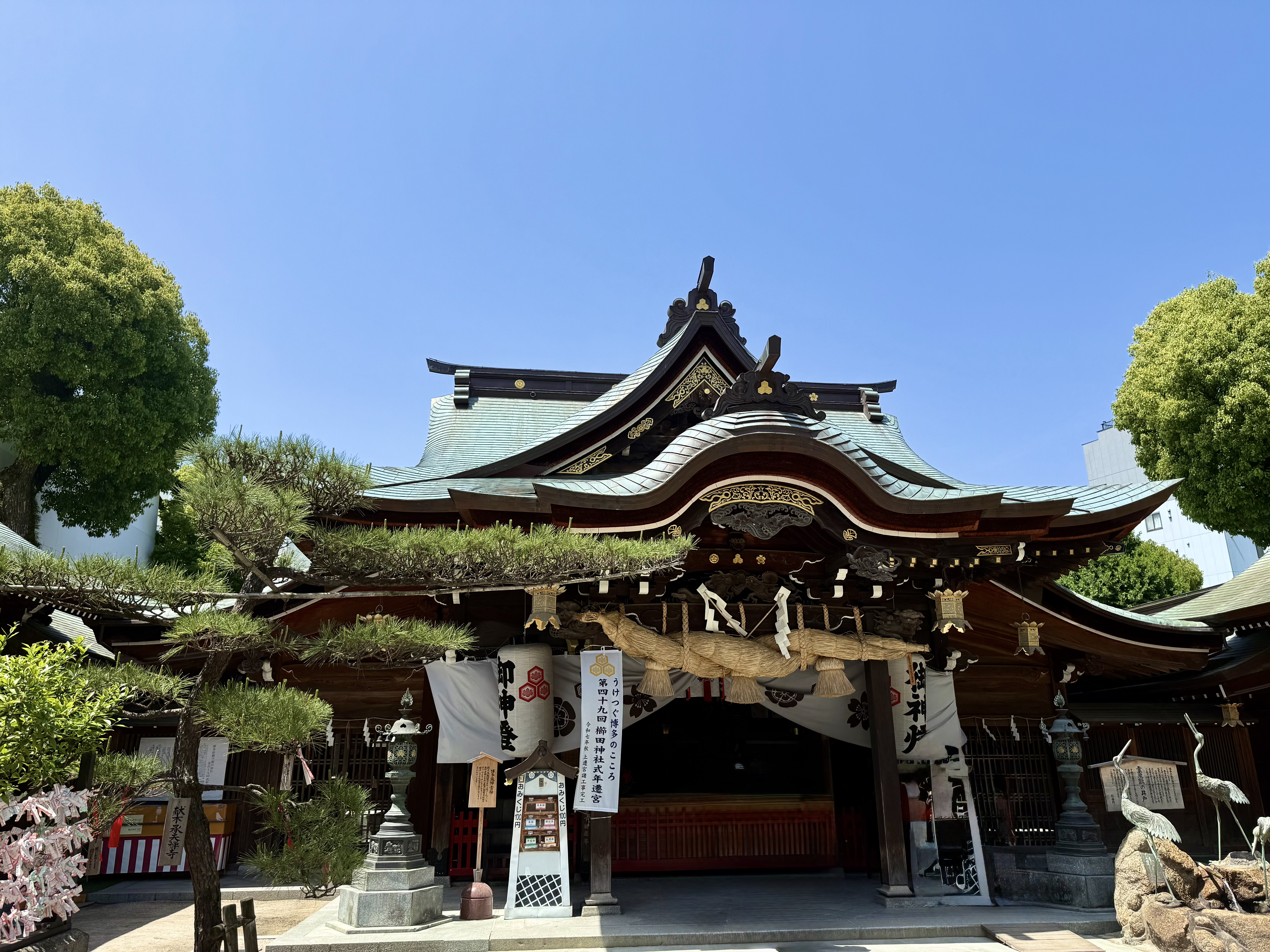
Founded in 757, Kushida Shrine is the pride of Fukuoka. Locals call it “Okushida-san” with affection. It serves as the centerpiece of the annual Hakata Gion Yamakasa Festival, a UNESCO-listed cultural heritage event where massive floats are raced through the streets.²
The shrine itself is a beautiful example of traditional Shinto architecture, complete with a massive gingko tree over 1,000 years old. Visitors can even drink from the “spirit-cleansing” fountain, believed to bring good luck and longevity.
👉 You can see one of the real festival floats displayed year-round on the shrine grounds!
*It is a short walk from the other shrines. I plan to present another article on Kushida Shrine only!
Tochoji Temple (東長寺) – Home of the Giant Buddha
This Buddhist temple, established in 806 by the revered monk Kobo Daishi, is famous for its massive wooden seated Buddha statue—the largest of its kind in Japan.³
The statue stands at an impressive 10.8 meters high, and visitors can also walk through a pitch-dark tunnel under the statue representing the path to enlightenment.
Why Hakata Old Town Feels So Special
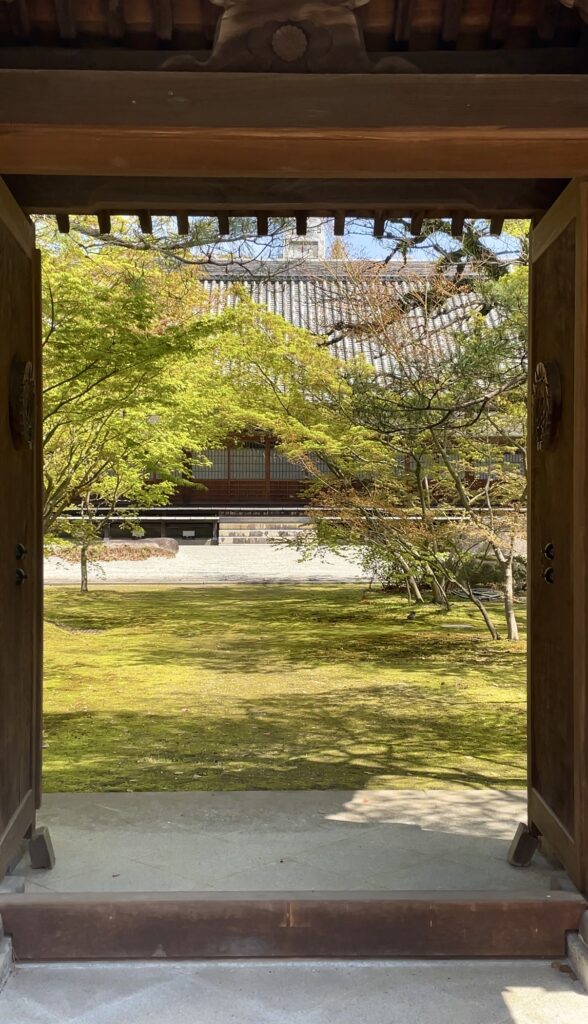
One of the most atmospheric walks in Hakata Old Town is along Jotenji-dori, a narrow street lined with stone lanterns, historic gates, and temple walls. Despite being in the heart of the city, the area remains peacefully quiet, offering a moment of calm and reflection.
A Walk Through History That’s Worth Every Step
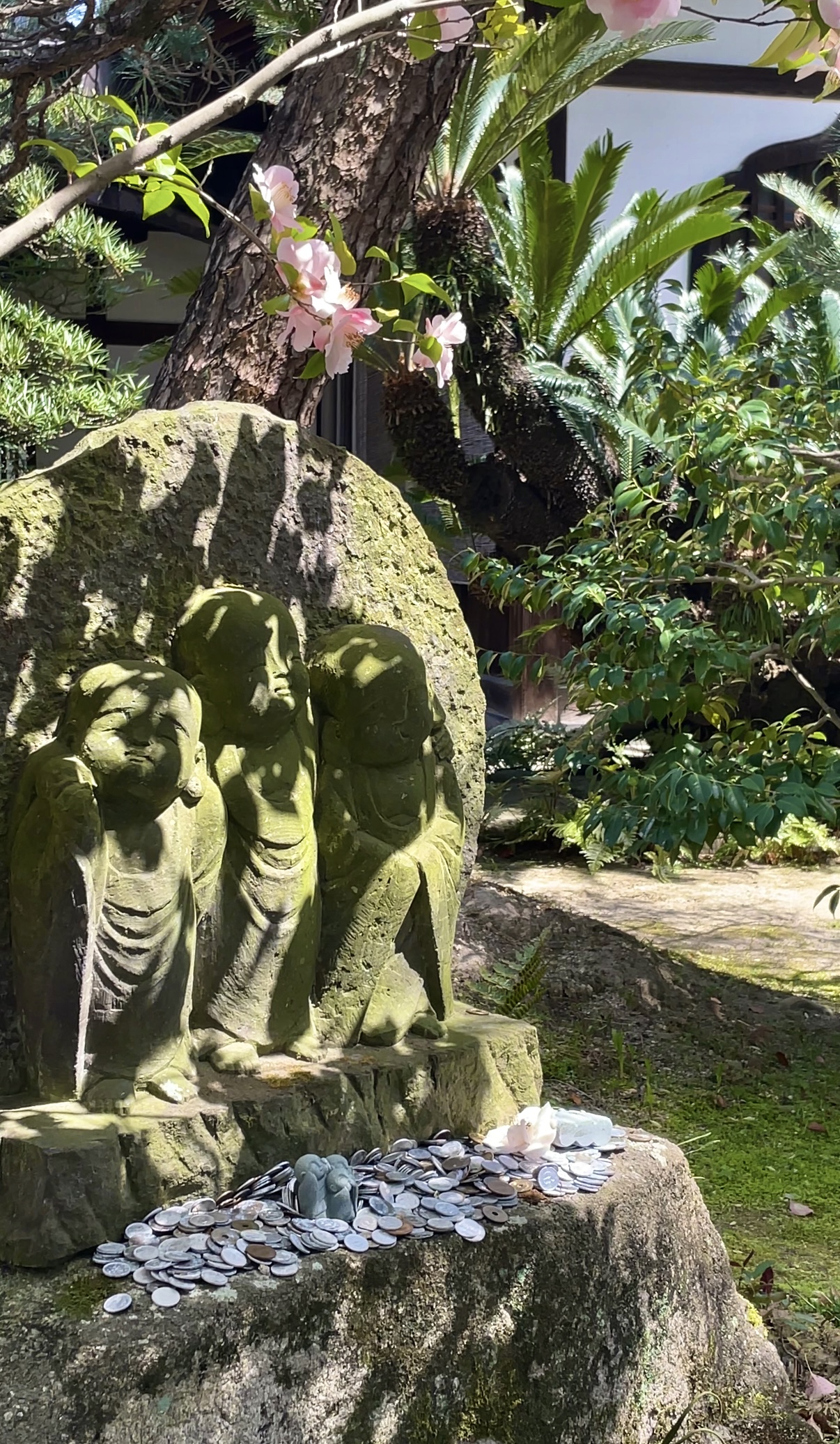
In a country where ancient and modern often blend seamlessly, Hakata Old Town stands out for its authenticity. Whether you’re a history buff, a culture lover, or a curious traveler, this area offers a rare chance to touch the spirit of old Japan—without leaving the modern comforts of Fukuoka City.
Personal Notes
Since a wide area is considered “Hakata Old Town,” it would be difficult to visit all of it in one day.
Also, it is not as spectacular as Kyoto or Nara, so if you are interested, it is recommended that you just drop in for a while during your trip.
✨ Ready to Discover the Hidden Side of Fukuoka?
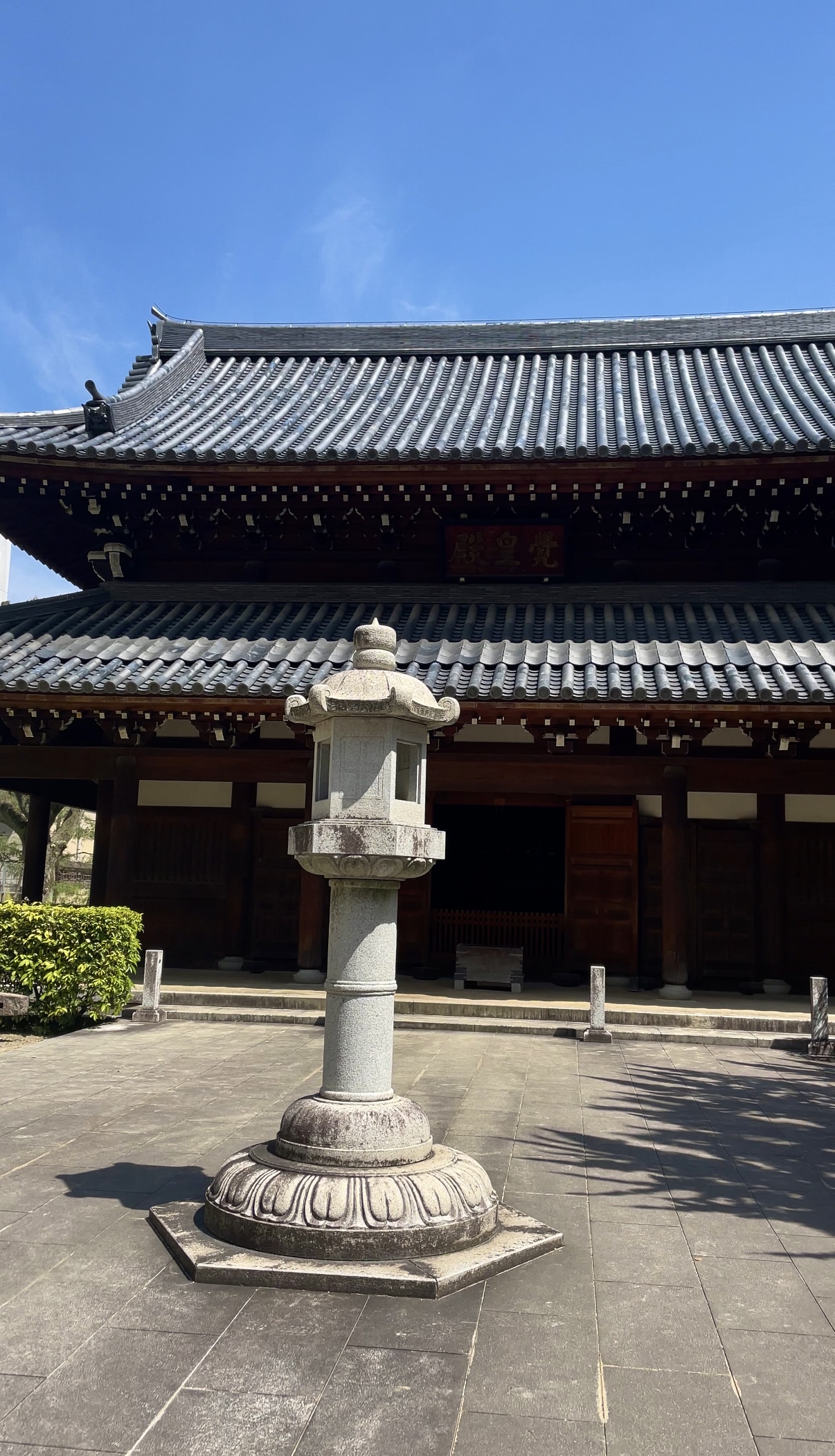
Add Hakata Old Town to your itinerary and see why so many visitors fall in love with this historic corner of Kyushu. Want more off-the-beaten-path tips like this? Follow my blog or Instagram for daily travel inspiration from the heart of Japan.


